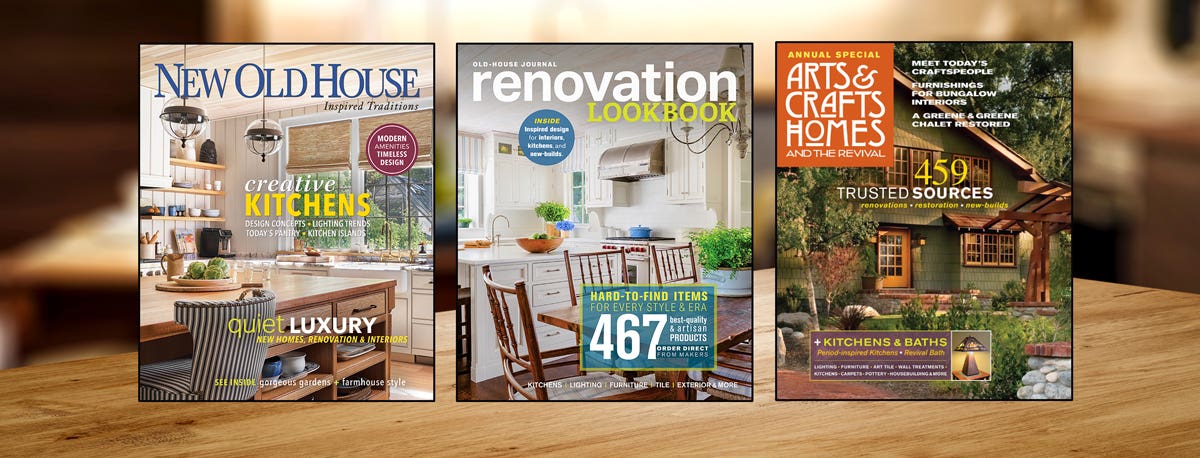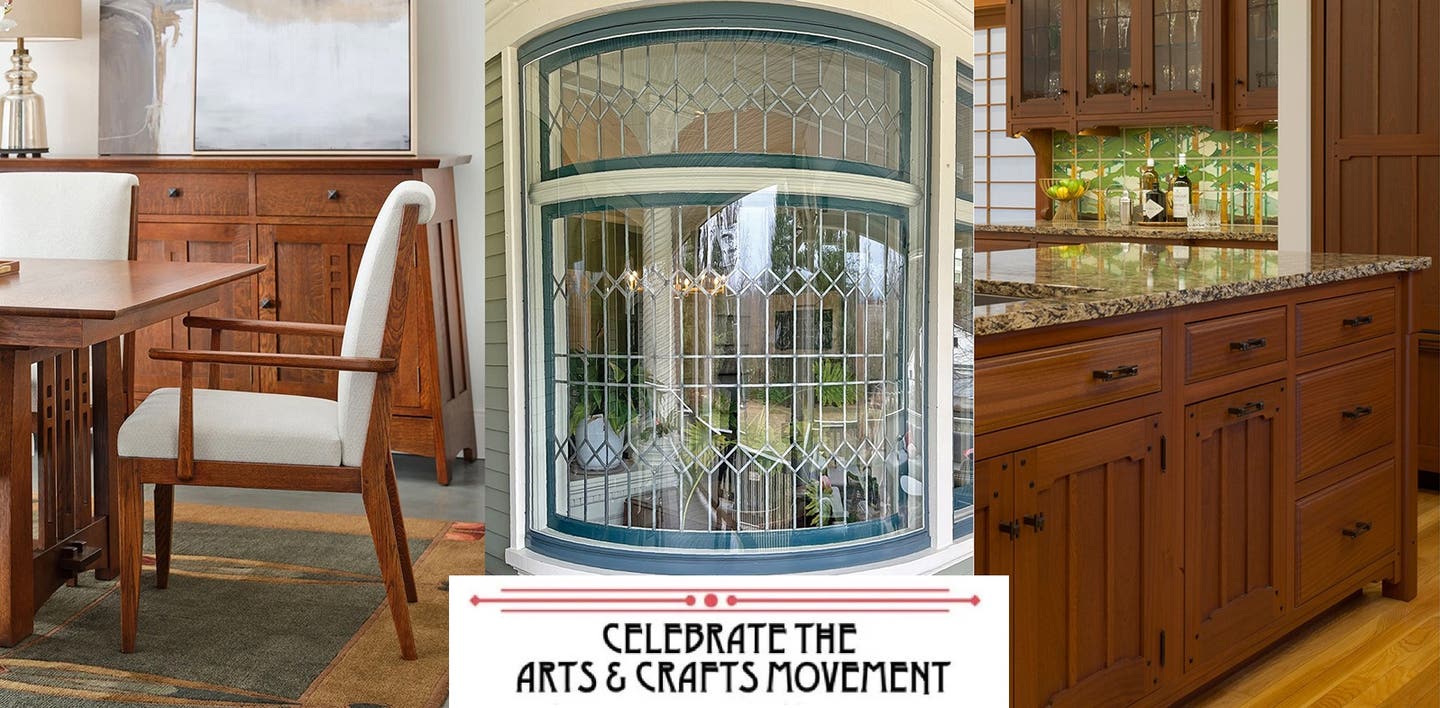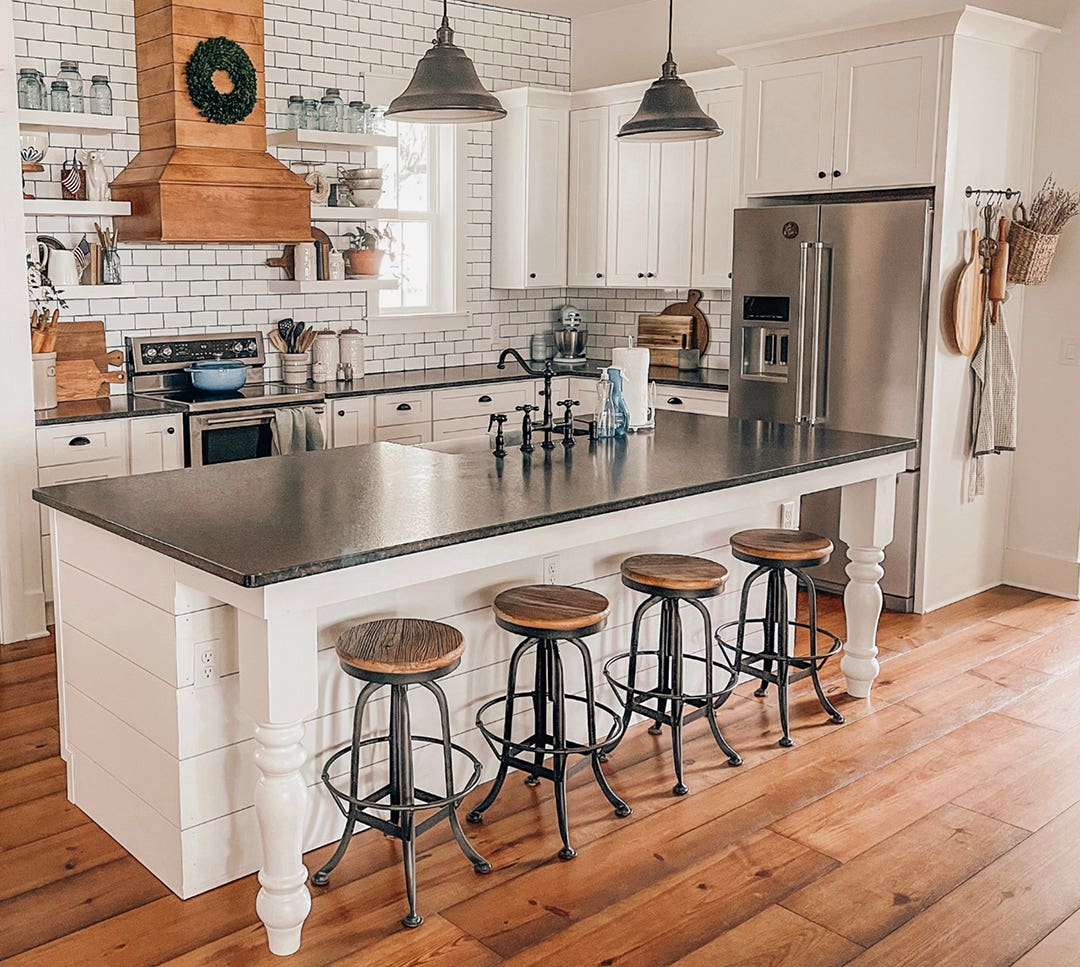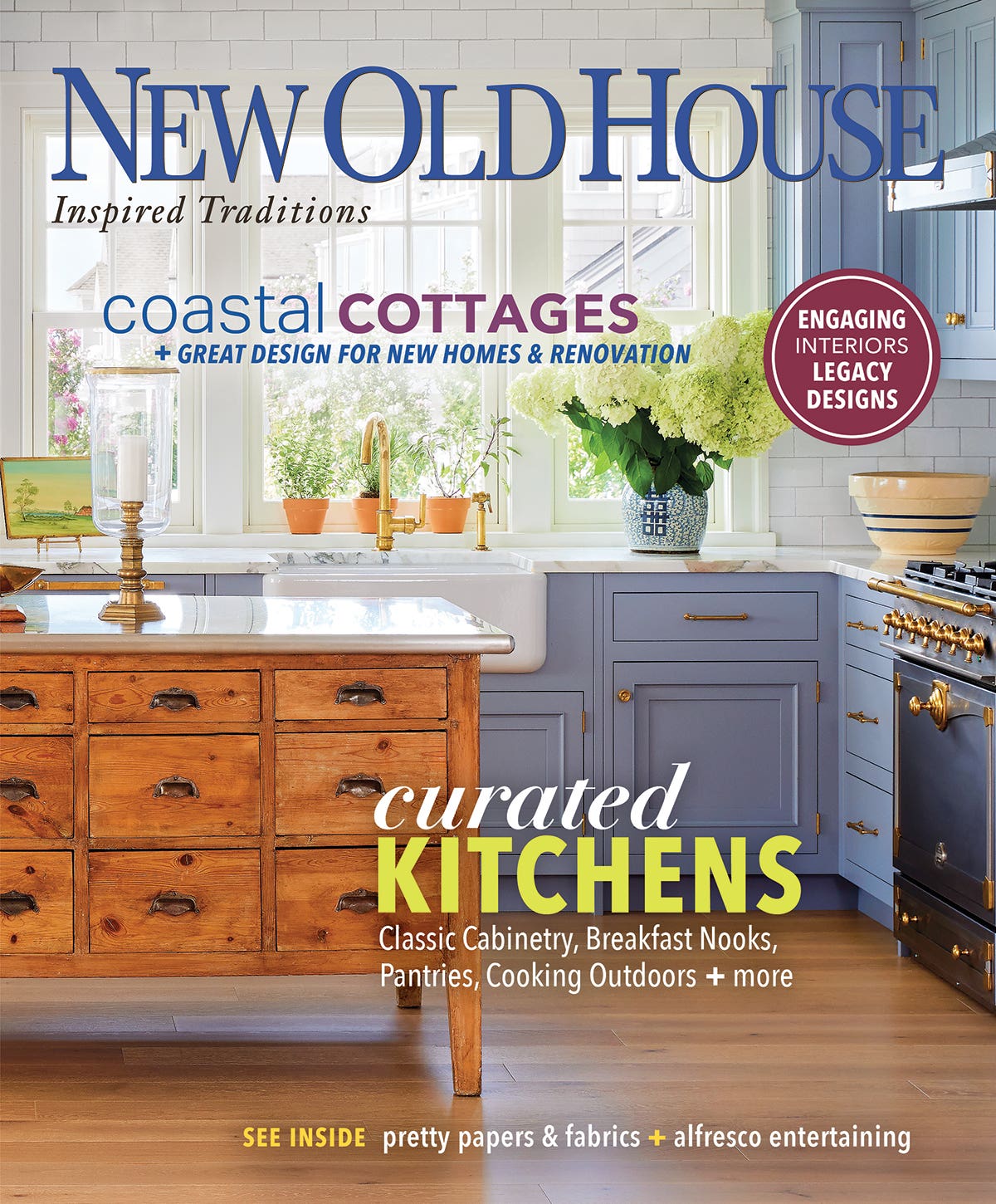A Note from the Editor: That Elusive Quality
I’ve been thinking, what makes a house really comfortable to be in? A tricky question; you can’t easily come up with a list. I imagine a place from my past…
I’ve been thinking, what makes a house really comfortable to be in? A tricky question; you can’t easily come up with a list. I imagine a place from my past where I felt secure and lively, and I fix that place in my mind as I catalog all of its details—the size of the room, its height, its smell, the furniture and degree of clutter, the way the light slanted in. But I can’t seem to get very far. My mind leaps: “Oh! I know! I feel comfortable in small rooms that are sparsely furnished and not brightly lit.” Then I remember a cluttered room that made me feel endlessly creative...or a dazzling south-facing room where I always woke up happy.
Over time, of course, a style is recognizable in the repeated use of certain conventions (such as exaggerated structure), materials (quartersawn oak), and motifs (the ginkgo leaf). There is such a thing as an Arts & Crafts-style picture frame, armchair, stencil design, vase. The line blurs, though, when it comes to the house as a whole. We see A&C influence not only in bungalows, but also in 1890s Shingle Style houses, in 1920s Tudors, and in new timber-framed homes. If the Arts & Crafts movement is an approach to design, then it keeps evolving. Arts & Crafts also can be very personal.
Subscribe to Arts & Crafts Homes, or pick up an issue at your favorite bookstore or newsstand. Order back issues through the Old-House Bookstore or call (800) 850-7279.
Maybe I’m looking for a formula, not only to solve the decorating question but also to help me, finally, get and stay comfortable. Decorating magazines and books don’t take up the question; it’s a hard one even to pose, let alone answer—and you can’t buy the answer. I honestly think the most comforting and comfortable home I ever created was my first married apartment. We were kids in love, and we had absolutely no money. Was our place so nice in spite of those things, or because of them? Decades later, why do I still have trouble balancing the beauty of a room with its practical use?
All I know is, decorating isn’t enough of an answer. The most fetching colors, stylish furniture, and handsome collections can sit in a lifeless room. I’m tempted to say that used furniture with wildflowers is a better bet, but disheveled houses can be unsatisfying, too.
I would venture that a comfortable room is one that extends a readiness for occupancy. It is neither so perfect that it looks better without you, nor so unfinished that it asks you to fix it. That’s how I feel about the rooms created in this issue—both in a rescued bungalow (left) and in a relatively new house (above). See what you think.
Patricia Poore,Editor
ppoore@homebuyerpubs.com
10 Harbor Rd., Gloucester, MA 01930
Patricia Poore is Editor-in-chief of Old House Journal and Arts & Crafts Homes, as well as editorial director at Active Interest Media’s Home Group, overseeing New Old House, Traditional Building, and special-interest publications.
Poore joined Old House Journal when it was a Brooklyn-brownstoner newsletter in the late 1970s. She became owner and publisher and, except for the years 2002–2013, has been its editor. Poore founded the magazines Old-House Interiors (1995–2013) and Early Homes (2004–2017); their content is now available online and folded into Old-House Journal’s wider coverage. Poore also created GARBAGE magazine (1989–1994), the first unaffiliated environmental consumer magazine.
Poore has participated, hands-on, in several restorations, including her own homes: a 1911 brownstone in Park Slope, Brooklyn, and a 1904 Tudor–Shingle Style house in Gloucester, Massachusetts, where she brought up her boys and their wonderful dogs.







